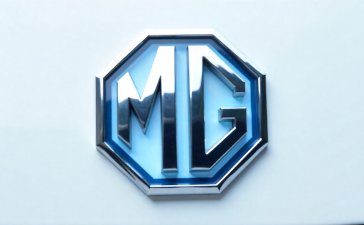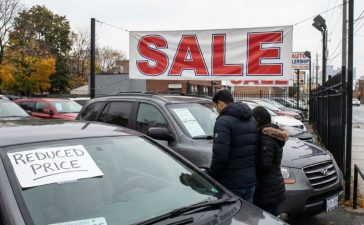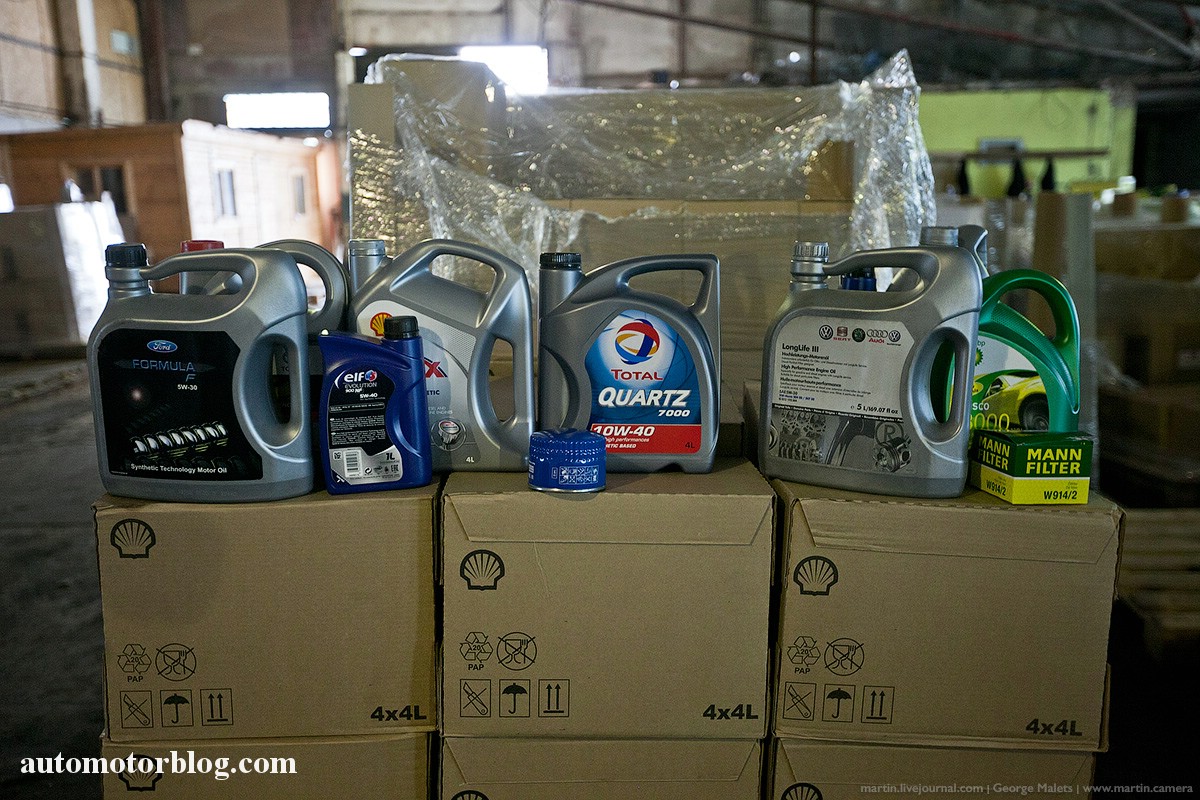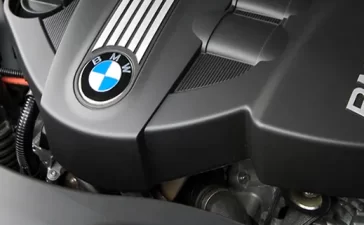One of Volvo’s largest recalls so far concerns nearly 500,000 vehicles over a malfunction of a backup camera; this recall points to the ongoing problem of software reliability in modern vehicles for automakers. This recall has also affected 413,151 Volvo vehicles in the United States, 40,673 in Canada, and it started with the 2021 model year. The problem is especially alarming since it’s a critical safety feature in the mode—a backup camera, which may fail to start if the car is placed into reverse.
The defect is significant from a safety point of view. The backup camera is critical to visibility from the rear, a very important aspect of safe driving. The issue at hand is not with the hardware but a software bug that prevents the camera display from being visible under certain driving conditions. This can cause drivers to view a message saying, “Camera temporarily unavailable.” Although no accidents or injuries form part of the report, the threat of a safety risk is obvious.
It disappoints me that such a contemporary, technologically enabled vehicle is prone to something of a software glitch. This points to the increasing complexity of today’s vehicles, where software could be just as important as the mechanics. Even without reported incidents, the defect violates Federal Motor Vehicle Safety Standard 111 for rear visibility and shows the necessity of complying with the standard to avoid future mishaps.
Volvo identified the problem when a driver reported an error message in spring 2021. Since then, there have been a total of 57 reported faults of similar natures, which resulted in an intensified investigation on March 26, 2025. This was the eventual cause of the recall. It is admirable that Volvo acted immediately when they found out the extent of the problem.
Interestingly, what’s refreshing is that the fix is so simple. To solve the problem, Volvo intends to update the software. If devices support this fix then owners can look forward to either a dealer visit or an over-the-air update when visiting a dealer. Notifications to individual owners should start on June 24, and dealer notifications have already started. I recognize that Volvo is acting in advance and effectively to resolve this issue and, in so doing, making it easy and not disturbing to the owners of the vehicles.
In conclusion, although flagrant as a reminder of the problems presented to the automotive world by software in vehicles, Volvo’s response to the recall shows their commitment towards safety and customer satisfaction. It is a testimony to the exigency for constant improvement and vigilance in the automotive industry. As a consumer, it gives me peace of mind knowing that companies such as Volvo are actually stepping up to deal with the problem head-on, meaning that the safety of consumers will continue to remain a top priority.
With technology increasingly finding its way into our vehicles, software reliability will become a growing concern to automakers. Companies need to have strong check and monitoring processes, as they’ll control any emerging challenges in time, hence protecting consumer safety and trust.












